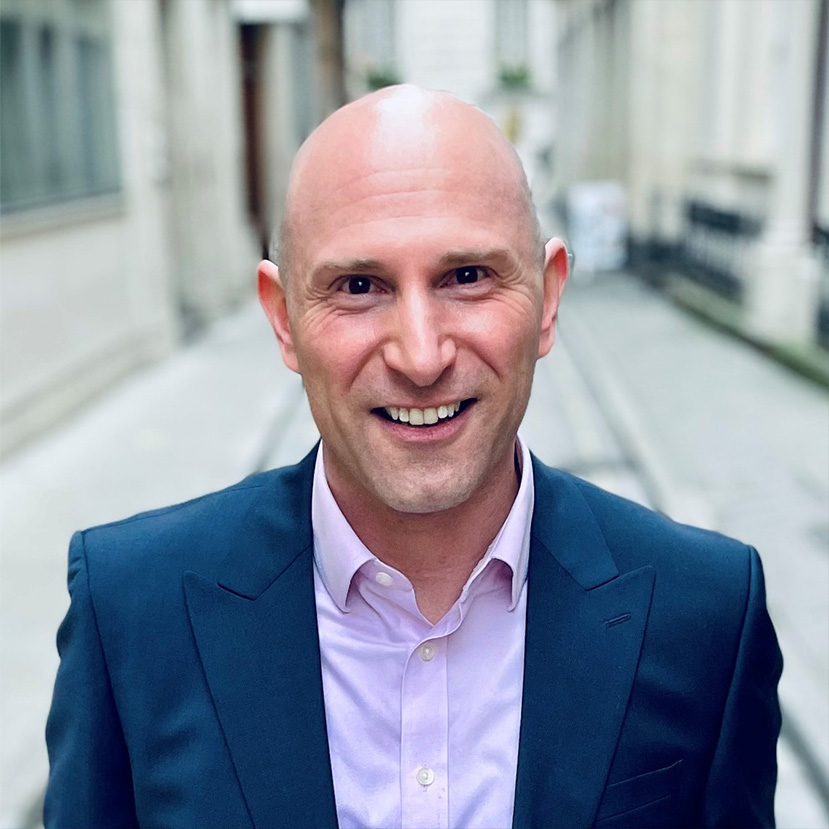
DEI 2.0: Thinking through our internal and external impact
Over the last quarter, I have found myself engaging in conversations with a lot of clients about their Diversity, Equity & Inclusion agenda and ways to support their efforts. However, repeatedly, with the exception of some, there are shared challenges that present themselves:
- “We don’t have a lot to spend on DEI”
- “It sits with HR”
- “Our leadership have delegated DEI to us to do something about”
I am not criticising the above because different people will argue that “best practice” for some is not “best practice” for others but what I have observed is a lack of understanding about what needs to be done to set organisations up for success when it comes to DEI.
- You do need a budget and you do need to be prepared to invest in the agenda because it is part of your whole business
- DEI is a whole business accountability, not something that sits with HR alone
- Leadership has to role model and set the tone for the business to follow like they would do ordinarily. Why would this agenda be different?
That said, there is also one stark observation I have made. When serious about DEI, there are fantastic initiatives in abundance within organisations. The focus is entirely internal. I have to question why so many businesses are unintentionally only focusing on looking inwards and not looking outwards as well. This is clearly the next step for DEI and version 2.0.
Balancing DEI internally and externally
There are some brilliant examples of organisations who have already highlighted how they go about balancing their DEI efforts internally and externally. They do this effectively because they:
- Are clear on WHY they are investing in a DEI agenda and have a clearly thought through plan.
- Have clearly articulated how DEI is embedded in the overall ESG strategy.
- Can provide a clear narrative as to how DEI supports the business to be more commercial i.e. how does DEI link to our customers/clients and overall value proposition.
- Have based services/product development on a clear understanding of the needs of the end-user AND considered whether there are any additional end-users who are not being included in this thought process and what the mutual benefits may be for this. Recently, I had a conversation with a pet insurance company who had not thought about customers who are less visually able and what opportunities existed in their current portfolio when it comes to insurance for guide dogs and the like as well as the value this would bring to customers and broader society.
- Another example is a toy company who is constantly thinking about how to produce their products in an environmentally friendly way AND how to diversify their product to ensure more equity and inclusion for different dimensions of diversity across society. This creates a golden thread all the way through when it comes to both internal work and external intention around the DEI agenda.
There are so many opportunities to do more, to think more broadly about DEI. It is not and should not be a vehicle to make money as the intention behind that would be inauthentic and questionable. We have to think about how we weave our efforts through our business and our client base to unlock the true power of appreciation of differences and similarities to drive a stronger brand and unlock more commercial opportunities that are mutually beneficial to our business and society.
If you’d like to discuss this topic further or find out how Hanover can help you progress your DEI agenda, please contact me directly and let’s set up a meeting.



